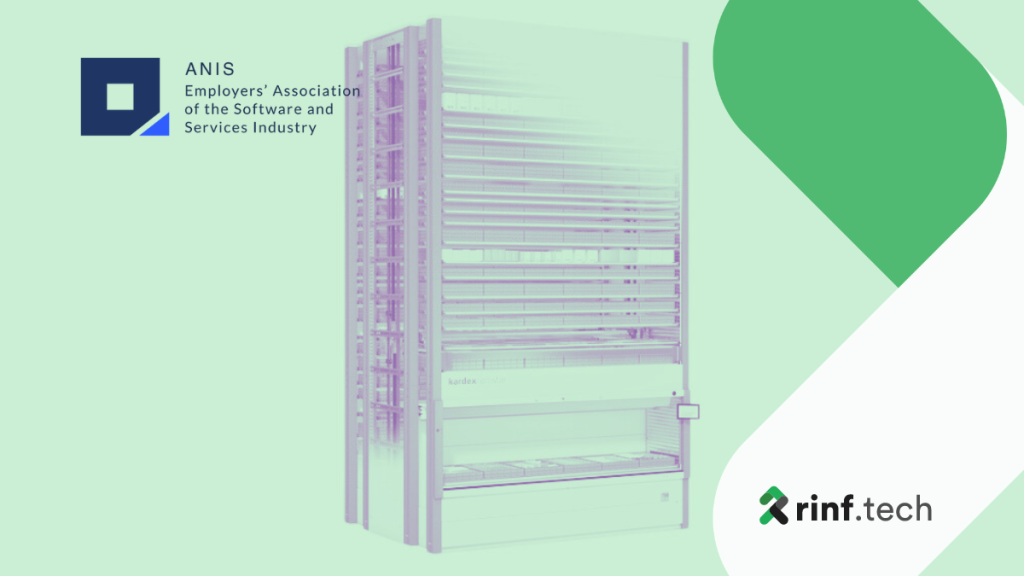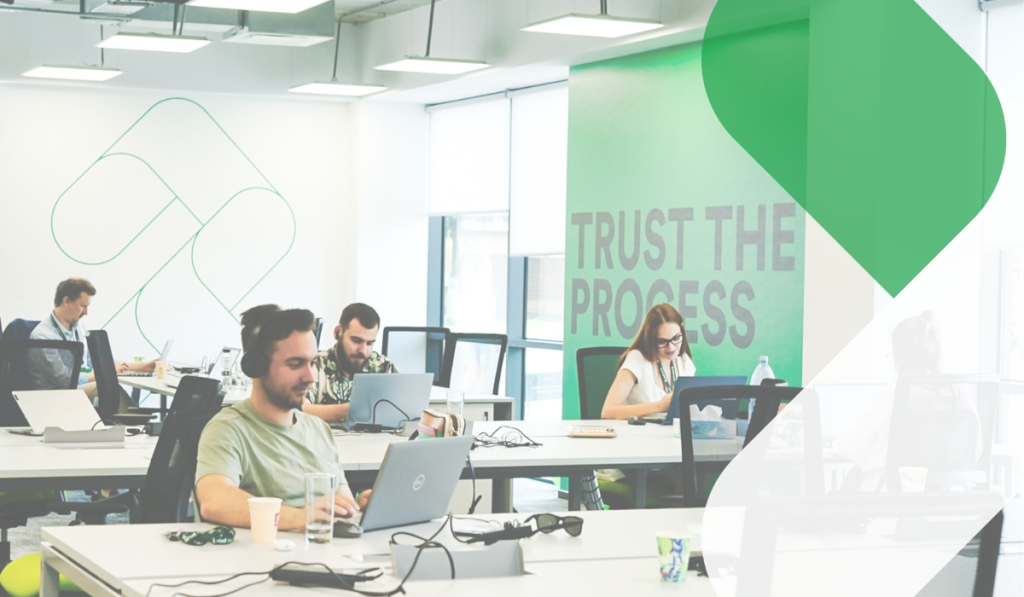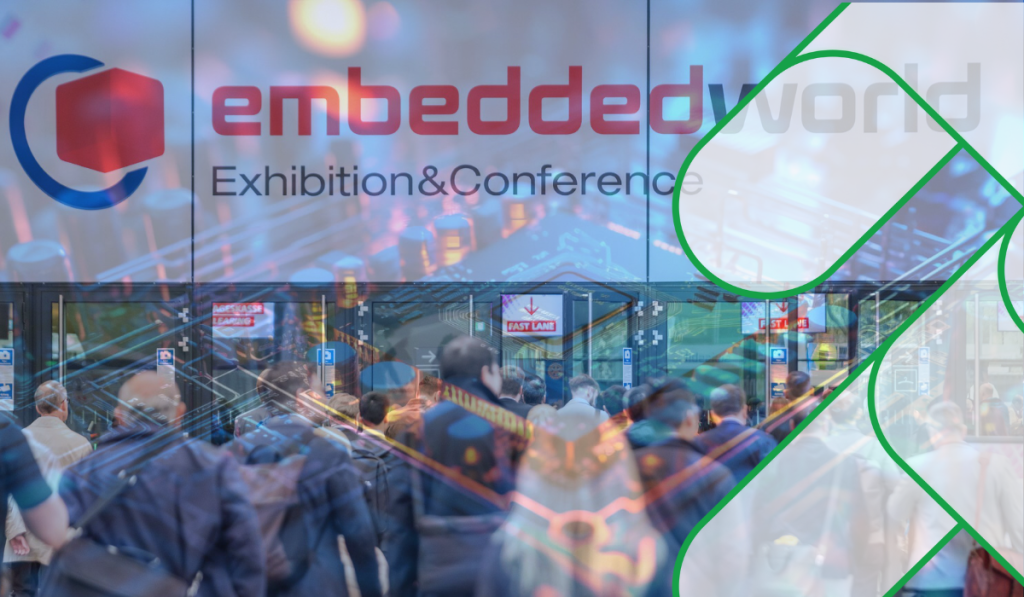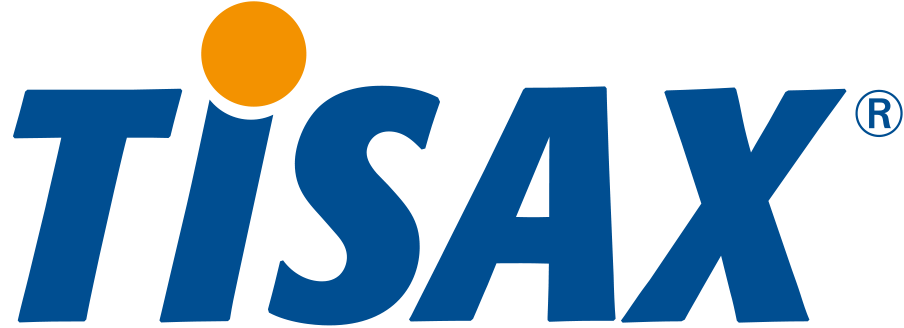
Rinf.Tech’s Innovative Vertical Lift Module Project is Among the Finalists Selected for the 2025 ANIS Awards
Romania Employers’ Association of the Software and Services Industry shortlisted our Vertical Lift Module software project for Kardex for the IT Industry Excellence Awards 2024.





